Welcome back to the 1990s! You’ve come back to a time when bold colors and jazzy patterns are in, shows like Saved By The Bell and Star Trek: Voyager are plastered across glass screens across America, and James Cameron’s Titanic is about to set box office records. The 1990s were a different time. There wasn’t a TSA telling you to take your shoes off at the airport, and you, like me, probably heard “You’ve Got Mail!” every time you fired up that dial-up Internet. This was the era of the rise of the personal computer and when people jammed out to tunes on their CD players.
The automotive industry was perhaps equally as optimistic and produced some real forward-thinking designs. What car best symbolizes the 1990s?
The 1990s were a fascinating time in the car world. What we now identify as the “Malaise Era” was firmly in the rearview mirror and cars had evolved away from the wedge designs of the 1980s to more streamlined aesthetics. Car technology also took leaps and bounds as most were now on board with composite headlight housings and flush glazing. The period also saw minimized grilles, the proliferation of car phones, rad three-spoke wheels, and multi-disc CD changers. At the same time, the 1990s helped bring an end to older tech like carburetors in cars, opening quarter windows, and the unpopular automatic seatbelt.
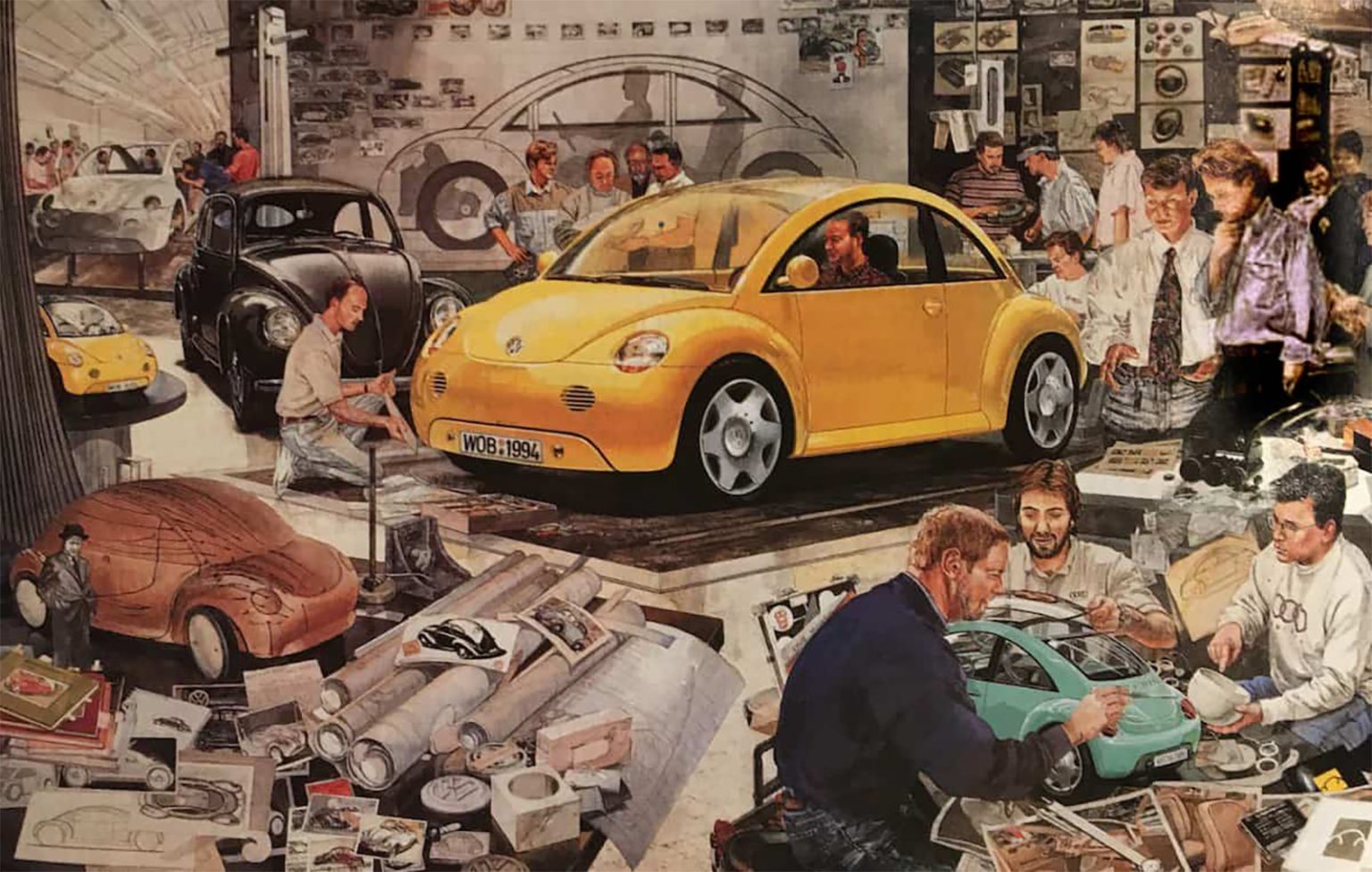
So, a lot was going on here! But what car represents it best? There were some awesome examples of 1990s optimism, such as the exploding popularity of sport utility vehicles like the Ford Explorer and the ascension of the neo-retro era in the Dodge Viper, Plymouth Prowler, Volkswagen New Beetle, and more. Enthusiasts practically drooled over icons like the McLaren F1 and the Acura NSX. Also, who can forget promising oddballs like the GM EV1 and hybrids like the Toyota Prius?
If I had to choose a car to represent the 1990s, it would be the Toyota RAV4, specifically the three-door model. Early crossovers were magical. Nobody quite knew the correct formula yet, so automakers were experimenting. The original RAV4 three-door was a compact, top-down, coastal drive-friendly fun car. It came with funky wheel styles, dazzling interior fabrics, and “Recreational” was right in its name. It was even available with a manual transmission!
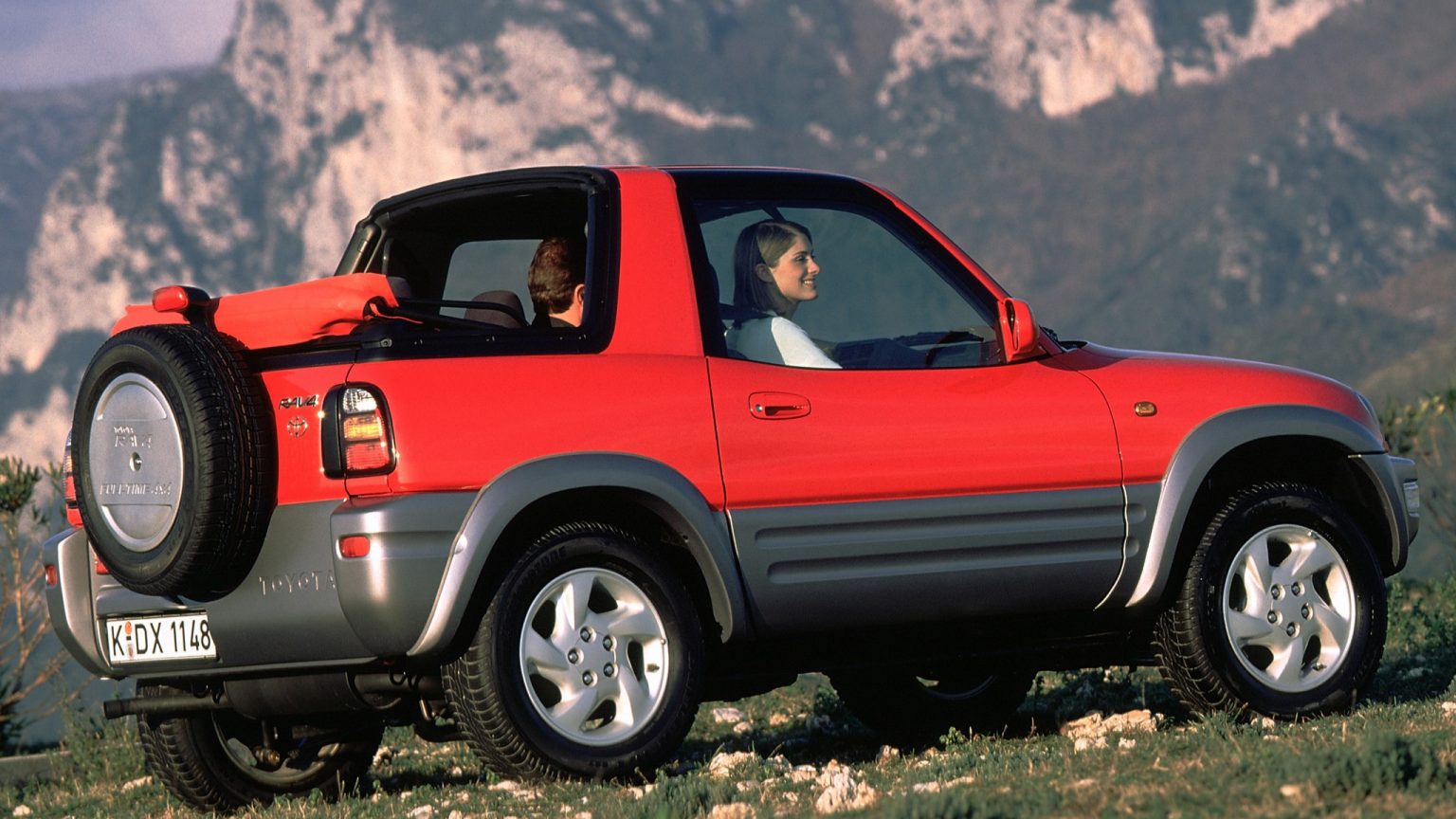
Yet, look past the original’s weirdness and you see the future begin to take shape. The original RAV4 had the kinds of cladding that crossovers adore nowadays, and the RAV4 featured a unibody chassis with car origins. Likewise, while the three-door RAV4 might have been the cute enthusiast car, the five-door was the volume model. Early crossovers taught automakers that people will buy tons of five-door crossovers. Now, the market is dominated by them.
So, if I had to choose just one car to represent the 1990s, it would be the Toyota RAV4. It was fun, quirky, and the sort of car that you could see a college kid driving, but it also helped pave the way to the present day. Here’s where I turn things over to you. What car do you think represents the 1990s best?
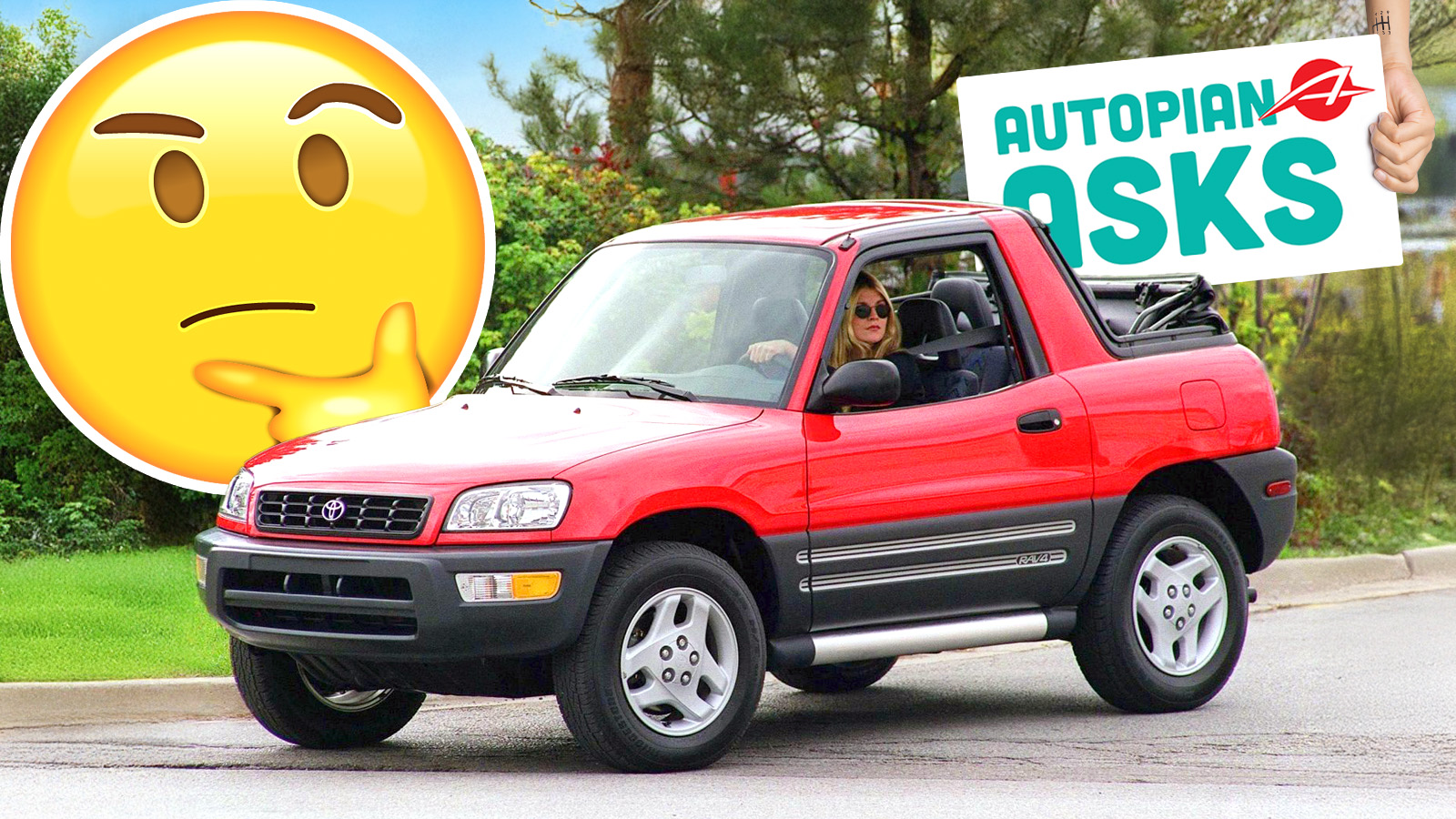



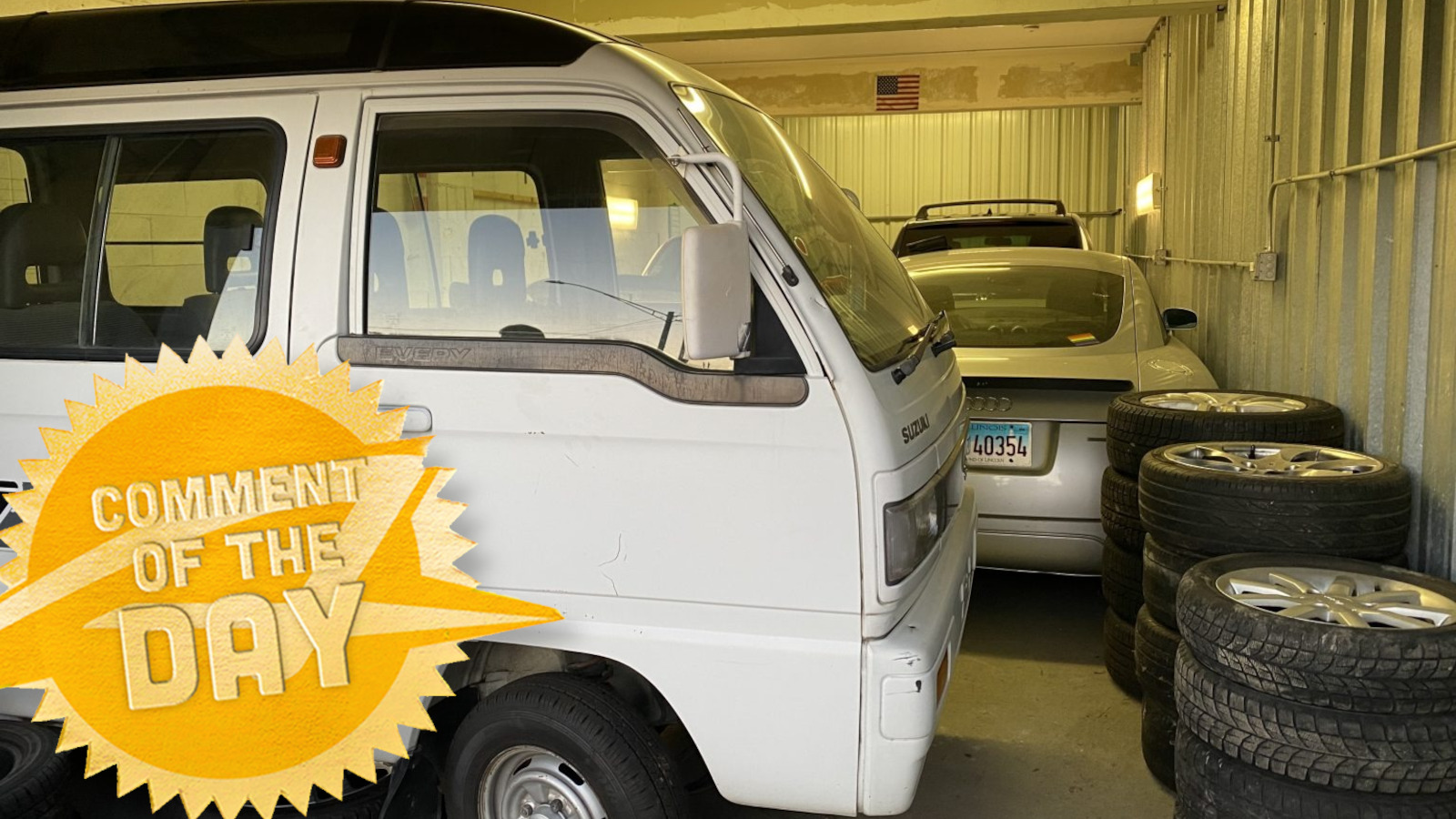
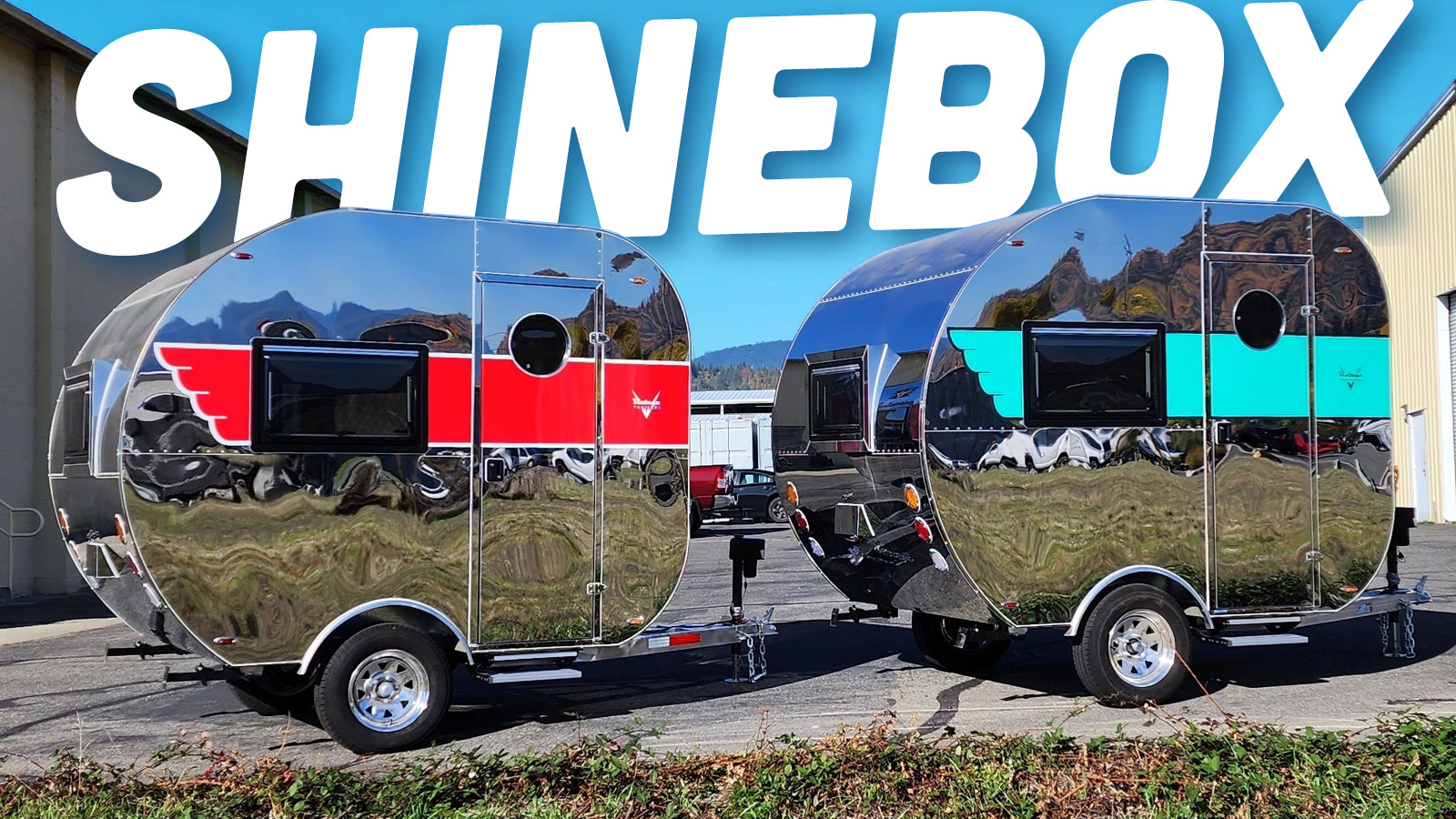

1.) metallic forest green Toyota Camry with tan leather interior and gold emblem trim
2.) square headlight jeep wranglers with fender kits and street tires.
3.) lifted to the sky Suzuki Samari
Dodge Neon. It had quintessential 90’s styling, was wildly popular, and was available in fantastic 90’s colors such as forest green. A close second might be the Taurus, or the Intrepid.
Anything magenta or teal, with fun abstract graphics…the GEO Tracker, for example.
Very late 90’s but the Vehicross was such a vehicle of the period to me.
For me its the mid 90s Ford Taurus’ Melted bar of soap styling. Not my favorite car, just so….90s
Came here to say this. Those are actually my least favorite car ever, but they were everywhere and a perfect example of the soap bar/oval styles of the 90s.
Here’s a Balkan take for y’all. The Mercedes W123 (mainly in 200D guise), the Golf Mk2 1.6D, and the Yugo Koral.
All of them entered production before the 90s, but in the hell that was Yugoslavia at the time, the former two were the only resilient enough cockroaches to keep on trucking when the best fuel available was mystery liquid in a plastic soda bottle sold by the sketchy guy on the street corner who also sold “imported” cigs and allowed you to exchange increasingly worthless dinars for deutschmarks. The latter was not as resilient but could be fixed with duct tape and a “jebem ti majku”.
One was the vehicle of choice of taxi drivers and Gastarbeiter visiting home alike. One was the stuff of myth – everyone knew a guy who knew a guy who had once moved an entire warehouse’s worth of stuff at 180 km/h in a Mk2. And one was the people’s car (not to be confused with Volkswagen), and one I have a soft spot for despite – gestures vaguely – everything, as it was the first car I ever drove.
In the mid/late 1990s a number of Bosnian refugees were resettled in my hometown. Finding themselves in a much colder climate in a country where car ownership was no luxury but a prerequisite to – well, everything – the remaining US-spec Yugo GVs were a familiar face available to them for next to nothing, they often already had the skills to keep them running even in the face of an evaporating spare parts supply and it got them to the new jobs and language classes that got them to where they could afford something better.
That’s a proper heartwarming story – thanks for sharing!
My wife’s family are ethnic Croats but had lived in Bosnia. A few years ago, we visited Croatia and saw an old Yugo puttering around. I had thought they were called the Zastava there. Perhaps somebody grabbed US model badges. I love how both fuel and booze can be bought in old soda bottles.
Zastava was the manufacturer, and while the older (and equally iconic) 750, 1300, etc. were badged as such, or initially as Fiat, the name was largely retired in favor of the more recognizable Yugo in the domestic market as well. The model designation, Koral, was also typically ignored in common parlance in favor of the trims, which corresponded to horsepower ratings, so you’ll hear folks talk about a Yugo 45, 55, etc.
This applies even to the 101 liftback and 128 sedan, which were eventually renamed Yugo Skala, though that name never really stuck in the collective consciousness*, and the Yugo Florida (Yugo Sana in the UK), the Giugiaro-designed “nice” Yugo, which eventually got a Peugeot-sourced 1.6 L engine good for ~98 HP, and a little-known diesel version, only 18 of which were made.
Exceptions were common in the 90s, though, when parts shortages meant badging, trim pieces, seat cloth patterns, and even steering wheels differed wildly from car to car.
*In former Yugoslavia, most Zastava vehicles are typically referred to by their nicknames: 750 = fića/fićo (nickname for Filip), 101 = stojadin (play on words – a name that sounds like the number 101), 128 = osmica (“eight”), 1300 = tristać (“three hundred-er”), and so on.
P.S. Re: booze – every Yugo kid has learned the hard way not to trust the Coke bottle with the Fanta cap.
Very informative, Thanks! My wife is NOT a car person, so she wasn’t nearly excited as me to see a Yugo in its natural habitat. I also remember seeing some tractors that looked like rebadged Massey Fergusons. It is a cool place to visit and we have to get back there someday.
Holy shit, I’d totally forgotten about the IMT 5xx series – the 533 and 539 being the most common; those have got to be what you’re talking about. Thanks for the trip down memory lane; it’s been well over a decade since I’ve been back and seen one in person.
I hope your future visits to the region are as fun as the last, both when it comes to vehicles and otherwise!
I’ll go with the Ford Probe. The 1993 redesign was one of the first high-production cars to get rid of the 3-box look in favor of a swoopy design. The Lincoln MarkVIII of the same year did the same thing. They look antiquated now, but at the time they were revolutionary. Curves, a more steeply-raked windshield – next to the American cars that came before them they looked like space ships.
Dodge did similar work with the Intrepid, also 1993, with its “cab-forward” design that looked a lot more sleek than the K-cars it replaced, but I saw a lot more Probes running around at the time than Intrepids. Might have just been my area though.
Japan got there earlier with cars like the MR2, but they were such low-volume cars that they didn’t do as much to widely convey the idea that cars didn’t have to look like they were built out of shipping containers.
Epitomizes the 90’s?
Easy.
The Suzuki X-90. Bright colors, t-tops, and utterly ridiculous. They took the awesome Suzuki Sidekick/Vitara and took out every ounce of practicality.
Everything was X-Treme in the 90’s, and no company was as x-treme as Red Bull. What was their first themed vehicle based on?
Suzuki X-90.
Easily the Ford Explorer. It pretty much sums up the change in the market from sedans to SUVs. Was the best selling SUV at the time and in 1996 passed to Ford Taurus to be the best selling vehicle in the USA that wasn’t a full-size truck.
When I was selling Toyotas, I had customers who couldn’t swing a 4Runner SR5 who went with Explorer XLTs instead,
I grew up in an auto town in Michigan so Toyotas basically didn’t exist. On the other hand every other driveway seemed to have an Explorer.
In no particular order: Dodge Neon, Ford Ranger Splash, Lamborghini Diablo.
I don’t know which car is the most 90’s, but what I can tell you is that it’s teal with purple or bright yellow trim. And it has really squinty headlights that don’t cut the mustard.
A white Ford Bronco, specifically driving slowing down an LA freeway.
I remember lots of excitement around Chrysler/Dodge models: Neon, redesigned Ram, 2nd gen Caravan and of course the Viper.
And the Intrepid / Concorde siblings which were in every parking lot aisle in the the midwest by the late 90s…
A lot have been covered already so I’ll say a Dakar yellow E36 M3.
Teal or pink Geo Tracker for the US.
The 90’s was peak Honda Civic, and my God they were everywhere. Not only were they selling boatloads of curvy 90’s models, but none of the 80’s ones died (unlike nearly all the other cars of the 80’s, so they stuck around too. Civics everywhere. In all sorts of variants. Hatchbacks and sedans and coupes and Del Sols, and even some Wagovans!
I almost posted the same thought but then I saw your comment so I want to boost it. Absolutely peak civic.
And I get that something like the Camry was also at it’s peak relevance and dominance at this time, but the Civic was the default vehicle for so many different sorts of people through the 90’s. Also the Civic was simply at it’s best then.
DEL SOL!!!! thats a car that needs to come back.
One of my coworkers really, really wanted one, except he wouldn’t fit in it!
Sadly no Civic wagons for the US after 1991 even though they kept building that generation through ’95 before doing two – the Orthia for Japan and the Aerodeck for Europe – in the ’96-00 generation.
It’s too bad they didn’t continue to offer a Wagovan here for the 5th/6th generation Civic. The focus seemed to be the more youthful hatches, coupes and Del Sol.
There’s still a Wagovan roaming our area and it just blows my mind that it’s still putting away.
The Dodge Neon, with interior upholstery that looked like one of A.C. Slater’s shirts
Yeah the Neon was EVERYWHERE in those days. “Hi.”
XV10 Toyota Camry
It was as good as a Lexus and had better build quality than a Mercedes-Benz.
It was the car every other manufacturer wished they had in their portfolio.
My kid still drives one. Nothing can kill it.
RAV4 began in the 90s, but I don’t think it symbolized the 90s. Things like the RAV4, CRV, and Izuzu VehiCROSS (not a huge seller, but likely an influential design) pointed toward the future that was coming.
To me, it has to be a front wheel drive sporty coupe. That is a variety of car which seems non-existent today. The 90’s had loads of them. From the economy cars that just happened to have two doors (Toyota Paseo, Geo Storm), to ones that could be had basic, but could be optioned for decent performance (Celica, Probe), to ones that are legendary (Integra Type R). Also many cars that were offered as sedans were also offered as coupes to further hit this market, (Cavalier, Dodge Shadow, Civic). But for the car that best symbolizes the 90s, I have to go with Mitsubishi Eclipse and its variants.
Ford Mustang SN95 along the Ford Taurus and Escort
Let me think back to the 90s
Aggressive “youth culture” marketing
early internet optimism
A strong “screw the olds” vibe.
Pontiac Gran Prix.
I'[m going Miata or Geo Tracker/Suzuki Samurai.
It was the Miata for me. Bought a 90 brand new. Loved that car.
Good call
…always the answer!
Had a great conversation with my boss in 1990 about the new generation of cars like the Miata that were fun to drive and so simple and uncluttered under the hood because digital EFI had replaced all the vacuum hose spaghetti. The Miata’s era was that light fun sweet spot between the Malaise era and the present Luxury Bank Vault era.
A J-Body. Cavalier or Sunbird/Sunfire. In teal. 🙂
A Green or Turquoise Dodge Intrepid.
My wife had a hunter-green ’97. I really liked it, never driven such a big car that handled so well.
I borrowed a dark green and silver (two-tone) ‘97 ES with the 3.5 from my grandad’s used car lot in 2006 when my 1992 Beretta broke down and was in the shop. Accidentally roasted the tires on the Intrepid when pulling out into traffic as a new teen driver. Turns out, the same amount of throttle required to accelerate in a four-cylinder Beretta was actually quite excessive for a V6 Intrepid.